Photo: Rose Hartman/Archive Photos/Getty Images
In our long-running series “How I’m Making It,” we talk to people making a living in the fashion and beauty industries about how they broke in and found success.
After more than six decades as a hairstylist, there’s basically no professional achievement that Garren hasn’t crossed off his list. He’s worked in (and opened his own) New York City salons, catering to Manhattan’s elite and big-name editors. He’s created looks for fashion’s biggest runways and most iconic ad campaigns. He’s worked on the covers of every major American fashion magazine of the last half a century.
And Garren hasn’t just styled hair — he’s cut it, chopped it, shorn it, shattered it, created full-on cultural moments with it. He all but invented the concept of the big-name celebrity hairstylist, renowned for his transformational hair makeovers that can change the course of careers and make headlines.
“Everything that was historical about (Linda Evangelista’s hair) was done in my chair,” he tells Fashionista. (See also: Farrah Fawcett’s 1978 shag, Victoria Beckham’s 2008 pixie, Karlie Kloss’ 2013 bob.)
Garren’s also the co-founder of two hair-care brands, R+Co and R+Co Bleu (alongside his husband, men’s hairstylist Thom Priano, and Howard McLaren). In 2024, he’s still going strong: Just a few weeks ago, I bumped into him backstage at Anna Sui, where he was keying the hair for her Fall 2024 show, as he has for many seasons.
Ahead, Garren reflects on his prolific career, the state of hairstyling today and why he misses “the individuality of beauty.” Read on for the highlights of our conversation.
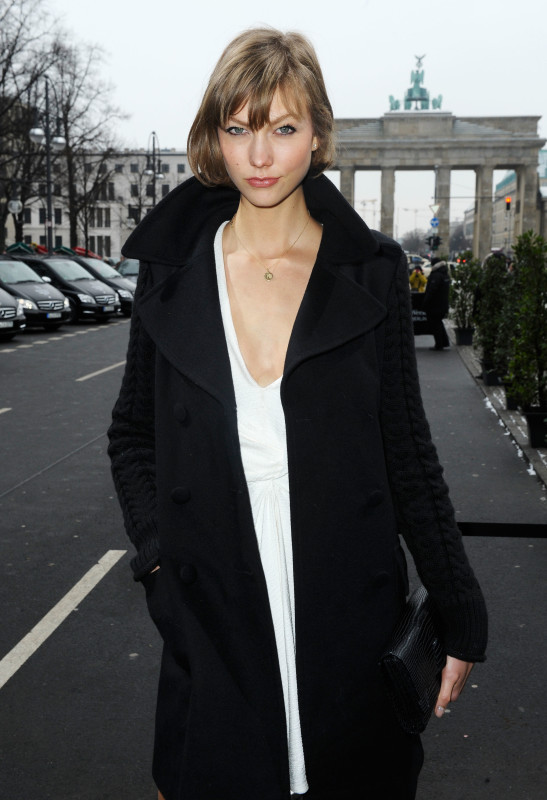
Photo: Luca Teuchmann/Getty Images for Schumacher
Where did your interest in hair come from?
I started at 13. My mother subscribed to Vogue and Harper’s Bazaar, and I was mesmerized by how the models one month would have long hair; the next month they would have short hair. It was just so transformative. My mother was prematurely gray in her 30s, and I hated the way the hairdresser did her hair. It was the ’60s, and because she was silver, they would do it like Queen Elizabeth, basically like a little finger wave bubble. She’d come home and I would brush it out, tease it up and give her a bouffant, like I’d seen in the magazines.
I started noticing that (the magazine looks were) all done by Kenneth and Alexandre of Paris. I was obsessed with Marilyn Monroe, Elizabeth Taylor, Sophia Loren — all those movie stars at that time. I also was obsessed with Vidal Sassoon when we got to the late ’60s, early ’70s.
I was too young to go to beauty school, so basically my mother’s girlfriends would ask who’s doing her hair, and before you know it, on Fridays and Saturdays, I’d be running from house to house doing their hair. I got these little booklets out of the grocery store that used to have how-tos from Kenneth, Vidal Sassoon, Alexandre. It would show a picture of the hairstyle and how you got it, so I would follow these instructions religiously.
Was your family always supportive of you pursuing a career in hair?
The one story that stands out in my mind is when I was in 10th grade, at 16, I had to go to the counselor to decide what I wanted to do when I got out of high school. I had a confrontation with him. He said, ‘What do you want to do?’ And I said, ‘I’m going to be a hairdresser. I’m going to beauty school.’ And he goes, ‘That’s not a man’s job. That’s what women do. I need to speak to your father.’
I was freaked out. My father came in, and the counselor sat there and said, ‘That’s not a man’s job. How could you let your son go and do that? He should go to college, be a teacher, support a family.’ My father was real quiet, and I could see his anxiety building, and I was thinking, ‘Oh no, he’s going to tell me I have to go to college.’ But he didn’t.
He said, ‘My son is going to be a hairdresser, and is very good at what he does. My son is going to excel, and you’re going to read about him someday. That’s the end of the conversation.’ My heart fell out, I was just like, ‘Oh my God, my dad stuck up for me.’ I think, at that time, counselors had more influence on your parents and your life.
When I look back at it, it was a huge move. My father was a man’s man. He was a hard worker, and he understood about taking care of family and all that, but he knew where my heart was. So that was a big blessing. My father had built me a little salon in the basement so I could work on all my mom’s friends and everybody that started coming to me.
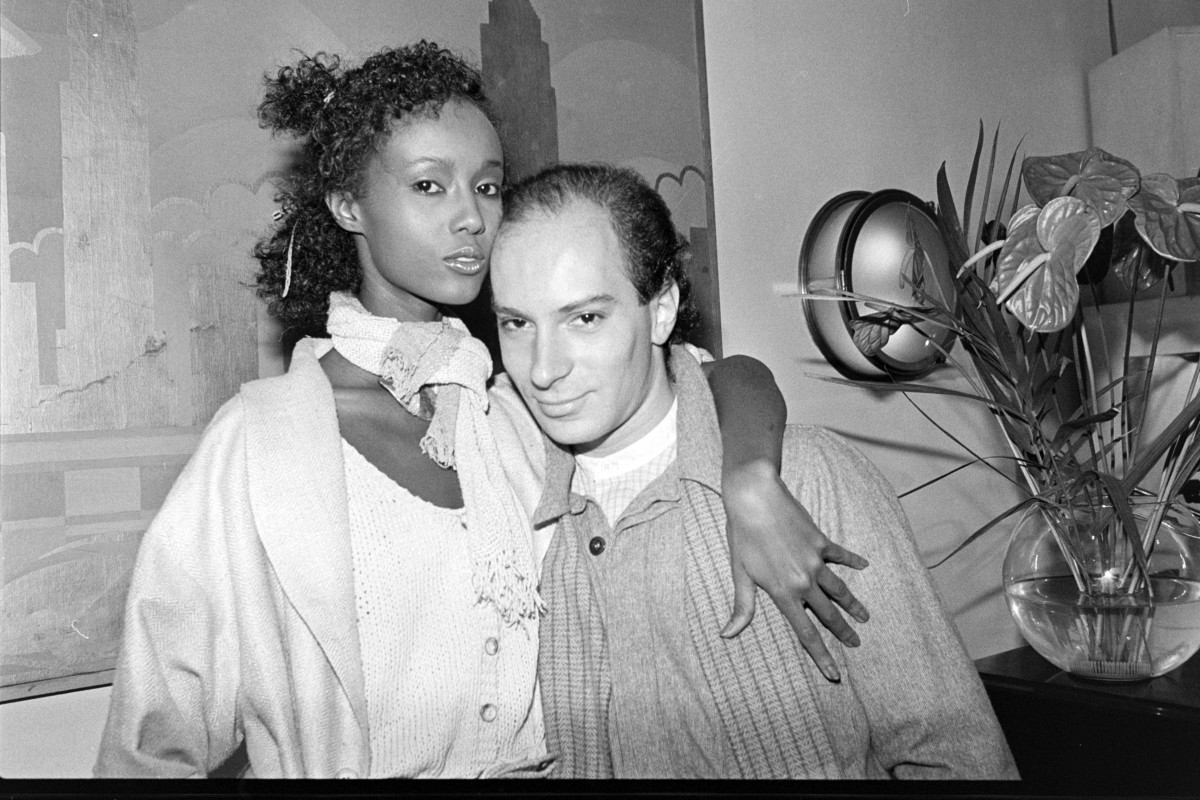
Photo: Nick Machalaba/WWD/Penske Media via Getty Images
How did you go about pursuing a formal hair education and career path?
I went to beauty school, got my license and started working. I was working like crazy in Niagara Falls, where I’m from. My mother was my receptionist, and she couldn’t say no to anyone. I was booked every 15 minutes. Those were the bouffant days. I was doing falls, wiglets, hairpieces, teasing — glamorous hair. They’d sleep in it for a week.
From there, I entered a couple of hair shows, which were very big in the ’60s, ’70s and ’80s. I was 16 or 17. For the very first show I entered, Christiaan (Houtenbos), who was working at Bergdorf’s at the time, was a judge. I won first place and, after the contest, he said, ‘Next time you’re in New York, look me up, and I’ll hook you up with some people.’
I bothered the hell out of him. When I got to New York, he hooked me up with (John and Suzanne Chadwick, also known as) the Chadwicks, the creative directors of Glemby International, which was a big beauty salon chain that was in all major department stores and hotels around the world. They had over 2,000 salons in Macy’s, Bergdorf’s, The Plaza — it was all across the board. They talked me into moving to Buffalo and working for the biggest department store there in the early ’70s. They wanted me to prove myself before they brought me to the big city.
I met my husband Thom (Priano) there. I hired him — we were looking for new talent, and he came to the front desk. I could see from the corner of my mirror what he looked like. And I just said, ‘You hire him if you can do hair.’ I had no idea that we were going to fall in love.
We moved to New York together in 1974 and both worked for Glemby. I became a trainer and educator, training stylists in all their salons. After that, the Chadwicks left, Roger Thompson came. He was the creative director of the Vidal Sassoon.
When he decided to leave, he had to pass the wand. I never dreamed that I would get the wand because I was so radical. I mean, I was such a rebel. He was a very precise haircutter, and I would take bigger chances and sort of go for it and create obscure, crazy, shaggy (looks).
When I hit New York, I hit it, and I went flying.
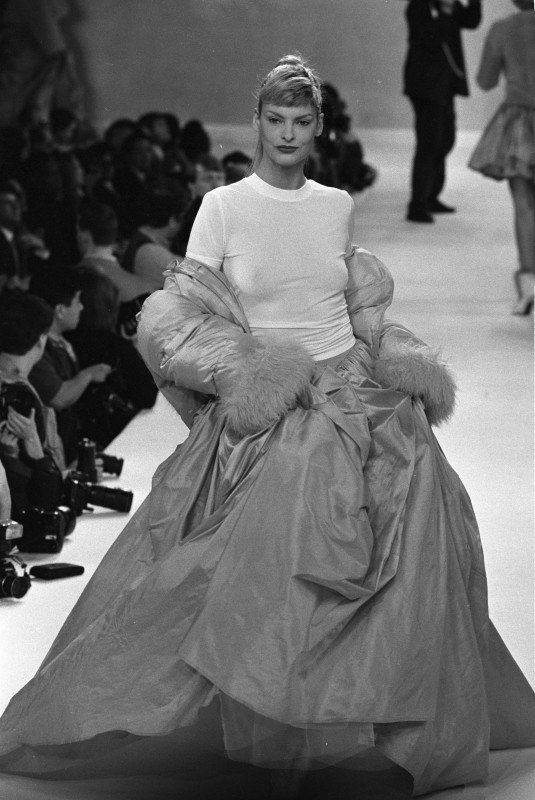
Photo: John Aquino/WWD/Penske Media via Getty Images
What was that era like in New York for you?
Looking back, it was in that move to the big city that I really created my life and became Garren.
Polly Mellen took me aside one day and said, ‘You’re Garren. There’s never going to be another Garren.’ I came home scratching my head, saying to Thom, ‘What does she mean by this?’ And he goes, ‘This is your moment. Fly with it.’
I was the creative director of Glemby from 1976 through 1984. In 1976, they built Garren at The Plaza, at The Plaza Hotel. That was my first salon. That’s where I brought Oribe (Canales) to New York — I’d met him when he was 16 in Buffalo. I’d said to him, ‘You go to beauty school, and when you’re done with your license and you’ve practiced, call me, and I’ll see you in New York.’ I gave him his first job at The Plaza.
When did you really get into the editorial world?
All the editors were going to Bergdorf’s to get their hair done, and I was doing all their hair, so of course they were pushing me into the magazine world.
I started working so much in the editorial world and going to fashion shows and doing everything that I ever dreamed of. I went to Paris with Irving Penn and Polly Mellen to see couture many times. I’ll never forget seeing my first Saint Laurent show — it was so glamorous.
From that point on, I just kept going. I started freelancing from the ’70s through the late ’80s. My mentors were Polly Mellen, Jade Hobson, Irving Penn, (Richard) Avedon, Bill King, Patrick Demarchelier.
I was also working with (Steven) Meisel at that point, and I had all the supermodels. Linda (Evangelista) was a muse of mine.
They were rebuilding Henri Bendel, and they wanted to put a beauty salon in there. I realized that was kind of a special place for me because I was one of the only hairdressers, besides (Yusuke) Suga or John Sahag, that would have a salon and still be in Vogue. I had my fantasy of working for the magazines, creating the looks and transformations of models, really setting the pace and then bringing that back to my clients and my salon, which really worked beautifully.
I was at Bendel’s for almost 18 years, and then I exited. Thom and I rented a little place until we could build our own salon at the Sherry-Netherland. That opened in 2006 or 2007.
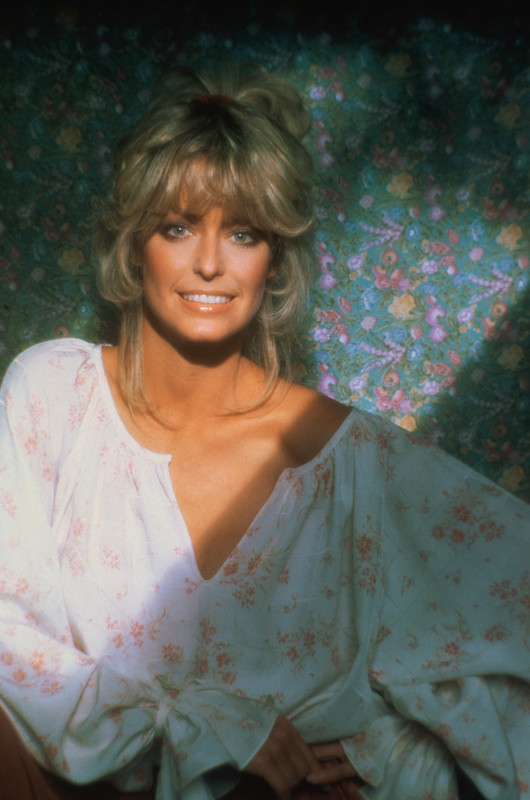
Photo: Nick Machalaba/WWD/Penske Media via Getty Images
Tell me more about your work with your celebrity clients.
One thing that really catapulted my career was meeting Farrah Fawcett in the ’70s. From there, I went to Madonna; I reinvented Madonna with Meisel in the late ’80s, early ’90s. Worked with her for almost 20 years, and I still work with her on and off. I helped reinvent Lady Gaga, taking the makeup off of her for Donatella Versace and exposing her for the first time (in a 2014 Versace campaign).
I’ve had a great relationship with Nicole Kidman and Sandra Bullock. In the ’90s and 2000s, I would cut a lot of celebrities’ hair. Steven (Meisel) would only shoot them if they would cut their hair and pick a big change. Sandra Bullock, I remember whacking her hair from past breast length to just below the chin and razoring it all out. Victoria Beckham, I cut her hair into a pixie and dyed it dark from the Posh look. I cut off all of Karlie Kloss’ hair with the chop, and I just went whack, whack, whack — that became a hit. I mean, how many times have I brought the bob back? But I brought it back in a shaggy version. I’ve done it in the really blunt version, I’ve done it in the razor version. After I did Karlie’s bob, everybody for three years was getting the chop.
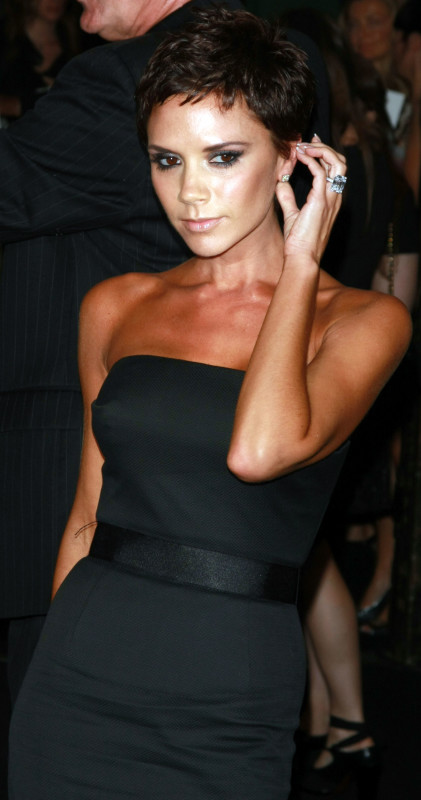
Photo: Marcel Thomas/FilmMagic
You’re so known for those transformative moments, making over major stars and models and doing career-altering looks. Do you feel a certain power in transforming people like that?
Well, it was teamwork. But every time we’d get these makeovers — Farrah, Madonna — the thing that worked was that if Steven was on board, we all would work together as a team. And it wasn’t sabotaging the actor or the music star or whoever it was: It would be showing them the way. I don’t feel I had the power, but I also felt that I had good taste. No matter what I did, the way he photographed it, it was going to say something.
With the stars or models, there was that trust already because of my lineage. It’s like, ‘Well, if I’m with Garren, I’m going to go with it.’ It’s not like getting a wig and sticking it on someone’s head — that’s easy. But to be able to convince them to change their aura or how they feel comfortable, that’s another thing.
I even did Kim Kardashian without her extensions the first time. She was on the cover of Allure, and I had the inspiration of doing her like Elizabeth Taylor. Paul (Cavaco, former Allure creative director) pushed it. It was a big success; she looked absolutely soft, touchable, approachable, everything.
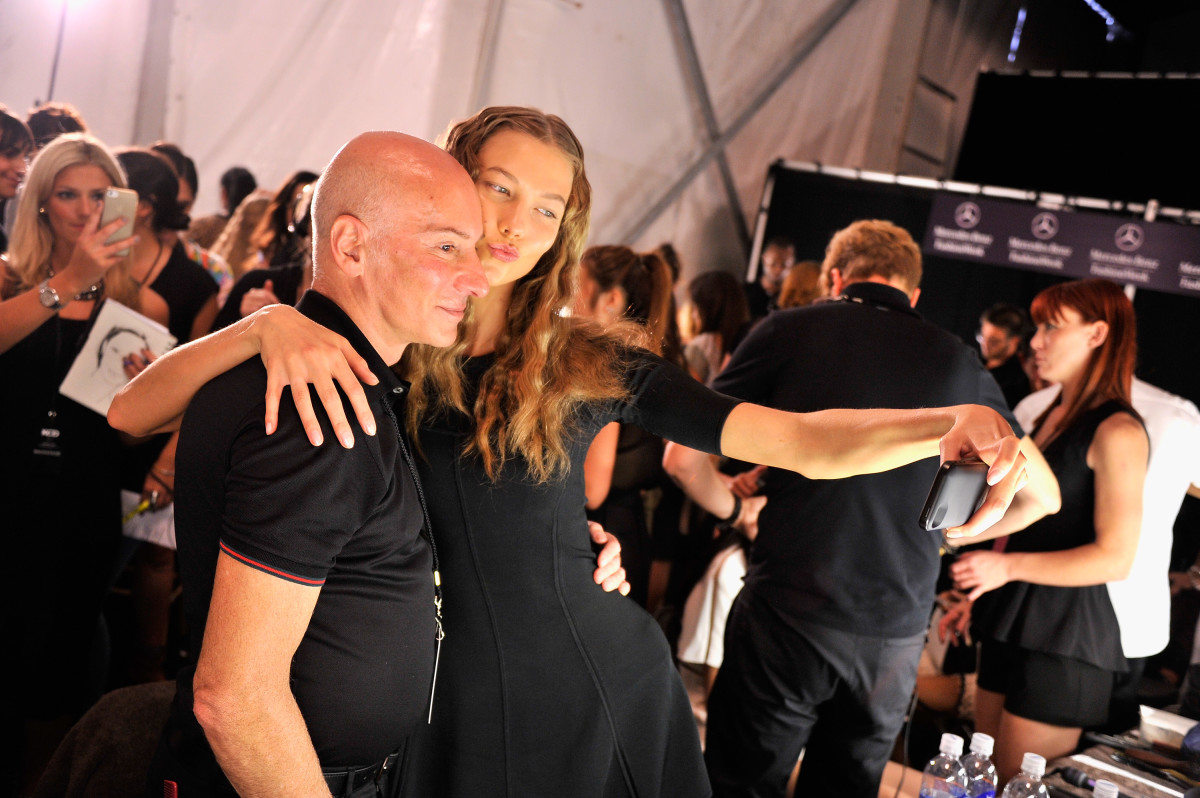
Photo: Stephen Lovekin/Getty Images for Mercedes-Benz Fashion Week Spring 2014
At what point did you decide to create your own brand, R+Co?
After decades of working in salons, I met Dan Langer and Tev Finger, and they started to propose the idea of building a line that has multiple artists overseeing it. They got Thom and me on board, and they already had Howard (McLaren) — that’s how R+Co was born.
Eventually, we decided we wanted to do an even more prestigious line, something that spoke only to me and to my aesthetic. That’s where we came up with R+Co Bleu, the couture, designer (version of) R+Co. I wanted it to be like the best skin care for hair, but super, super luxury.
How would you describe the current state of the hair industry?
I think the day of the big, glamorous beauty salon is gone. I hate to say it — I’m hoping there’s some way to reinvent it, where people really want service, because I find it a little hard to swallow that everybody’s on their own. (Many of today’s hairstylists) don’t have any hair history. They’re all mini celebrities, and they don’t know past when they were born. So (through R+Co), we’re out there trying to teach them hair history: Where did you get that idea? Where are your ideas coming from?
I think what’s missing right now is that everybody on the red carpet has extensions. I know this is because they all want to look like that filtered version of themselves. I hope that plastic surgery and messing with your face goes away a bit, because everybody’s starting to look like avatars, and I’m missing the individuality of beauty.
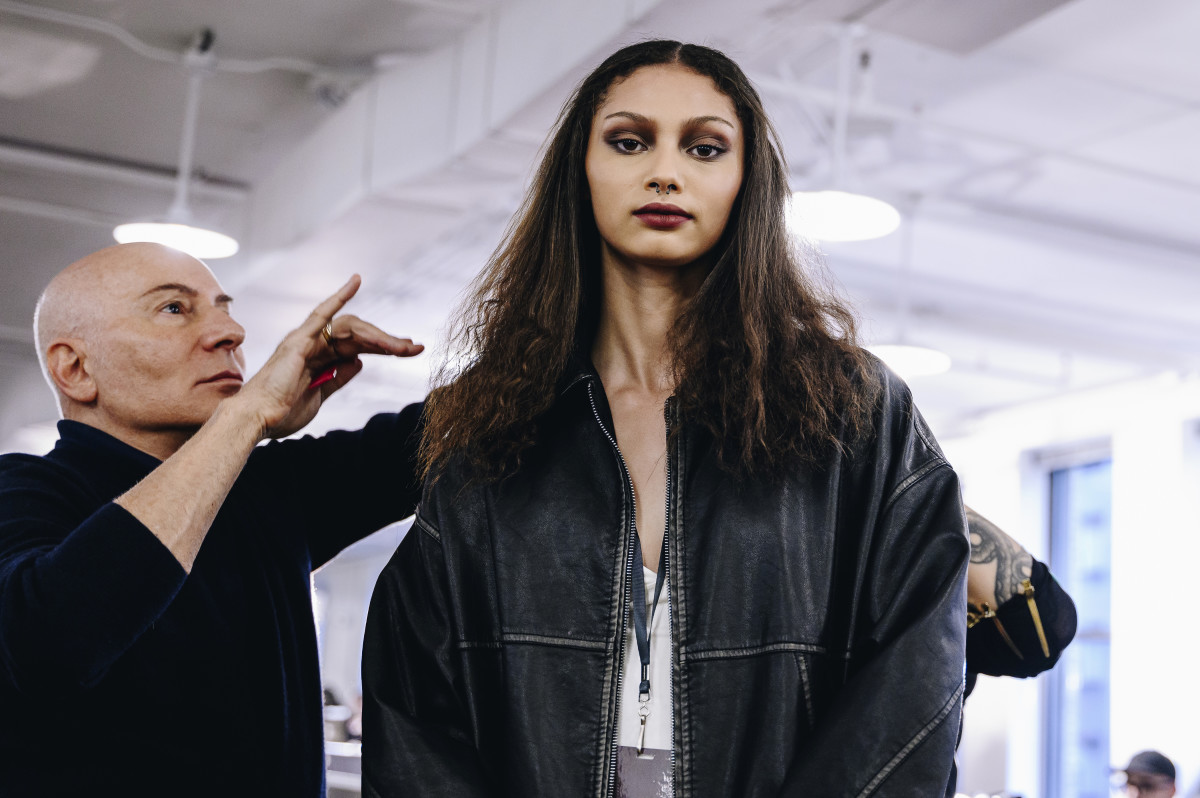
Photo: Nina Westervelt/WWD via Getty Images
You’ve been at the top of your field in really every avenue there is in hair: salon, editorial, campaign, runway, founding your own brand — all of it. To what do you attribute all of this sustained success?
I just keep learning from everything that I see and everything that goes on around me. I kept my eye on the ball, and I was so lucky that I had all the supermodels come in — Linda (Evangelista), Amber (Valletta), Kristen McMenemy — they made me legendary in the haircut world. I got lucky there.
I don’t know if it’s luck or it’s the passion, but I do have the passion and I do know my references. I know where to go with it, and then I know when I have to make it edgy to switch it up.
Also, I keep my assistants young so they can tell me what I shouldn’t say and can’t do — in that way, they help keep me more current.
When you look back at your body of work, what do you hope people will take away from it? What’s something that you hope to communicate?
Something different. Knowing the right time and place to do something new. Knowing the history of hair, the texture of hair and how to style hair, how to transform it, because everybody isn’t born with the same type of hair.
This interview has been edited and condensed for clarity.
Want the latest fashion industry news first? Sign up for our daily newsletter.



